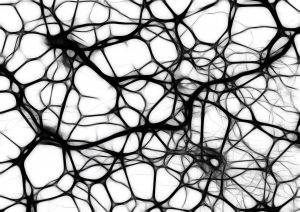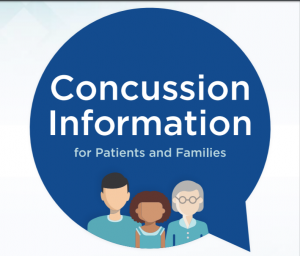
I discovered a good TEDx talk from a brain researcher in Vancouver, Dr. Lara Boyd. In it she describes the chemical and structural changes that occur in your brain during neuroplasticity (brain changes). The key points I took away were:
- Her work with people recovering from stroke shows a lot of variability in results from person to person.
- The primary driver of brain change is your behaviour. “There is no neuroplasticity drug you can take. Nothing is more effective than practice at helping you learn. The bottom line is you have to do the work.”
- Increased difficulty/increased struggle in what you are practicing results in not only more learning but also greater structural change in the brain.
- Neuroplasticity can be either positive (e.g. learn something new) or negative (e.g. become addicted to drugs, have chronic pain).
- Neuroplasticity is shaped by everything you do and everything you don’t do.
- There is no one size fits all approach to learning. There is no one intervention that will work for all of us. This has forced the researchers to look further into “personalized medicine” (unique interventions).
- Biomarkers in the brain are helping them to match therapies with individual patients recovering from stroke.
- Not only do we need personalized medicine, we need personalized learning.
- Even for people without a brain injury/stroke, behaviours in your everyday life and things you encounter are important because each of them is changing your brain for better or for worse.
- Break bad habits. Do the positive learning that your brain requires. Build the brain you want.

